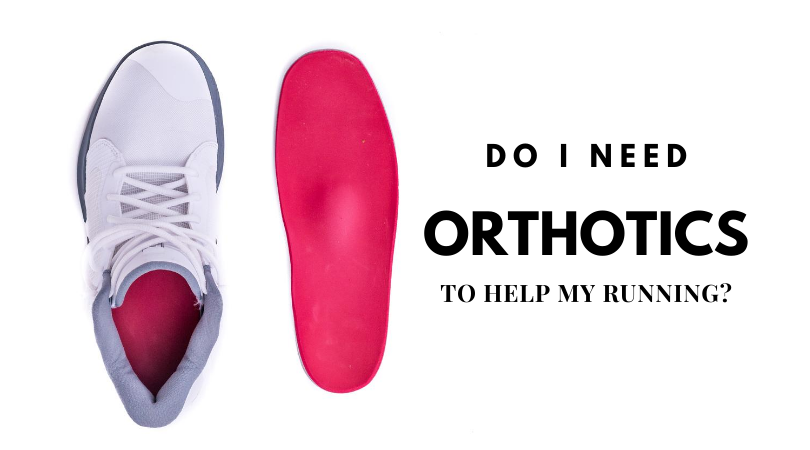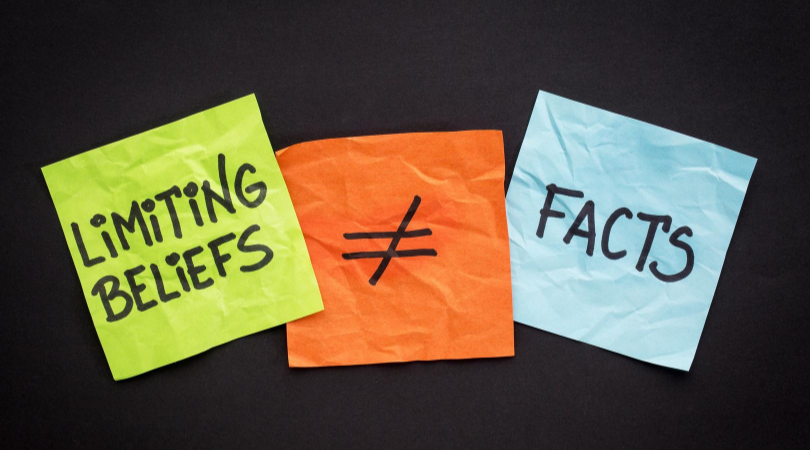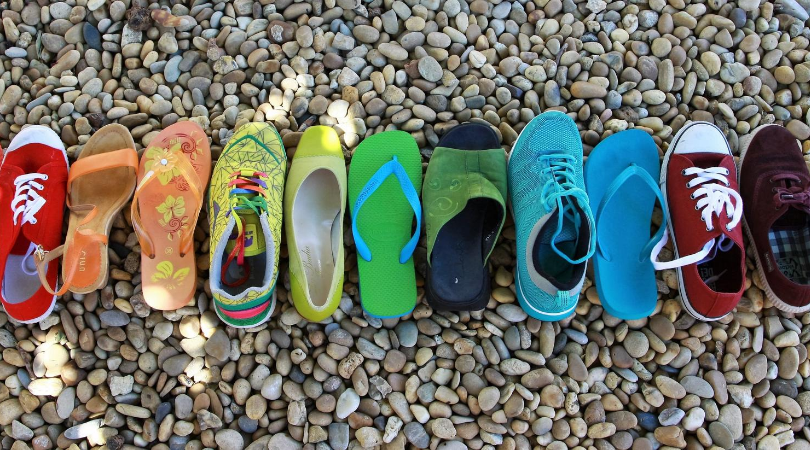Do I Need Orthotics To Help My Running?

We all know the marketing poster in shoe stores. It shows a person standing still while highlighting their poor foot posture. Then, a side-by-side comparison of the whole body magically aligned when provided with orthotics to wear. This is marketing brilliance and sells the concept very well but does the claim for orthotics for running hold true?
Why do Runners buy Orthotics?
Speaking from experience, runners that are wearing orthotics would most commonly have a past injury which orthotics helped overcome, therefore they continue to wear them for injury prevention. On the other hand, other runners have been told they have pronated or ‘flat feet’ & require orthotics, even though they have never experienced an injury. In my opinion, orthotics have been over-prescribed with a poor narrative attached. Unfortunately, marketing ploys have created promises of ‘correcting’, ‘realigning’, ‘protecting’ and ‘helping your posture’ which don’t hold true when factoring our current understanding. So, as much as this false narrative may help runners create a positive placebo effect, it may also create a false dis-empowering narrative that leads them to think they NEED orthotics. So hopefully this blog clears the air.

How does orthotics for running work?
I follow the work of Ian Griffiths who is a world leading sports podiatrist & researcher and his colleagues and they have helped shed some light on our current understanding of the mechanics created when wearing orthotics. He cleverly shared a statement in a recent presentation:
Ian Griffiths: Do orthotics work?….
“Yes only for some of the people, some of the time,
And never for all of the people all of the time”.
In other words, we currently cannot predict who will respond well to orthotics, even based on foot posture, foot function or type of pain. Some people respond very well, while others don’t. Here are a few different components to how orthotics might work.

Kinematics (changing posture angles)
Literature sways about 50/50 whether orthotics ‘align’ posture. There is work by Zammit et al in 2007 who concluded that the changes in foot posture are too small and probably insufficient to account for the extent of symptom reduction found. In fact, some people actually INCREASE their pronation when wearing orthotics. This is on the contrary to what orthotics are meant to do based on marketing posters. So if some people are getting better, and their foot pronation angles aren’t changing, what else is happening?
Kinetics (changing the work of the muscles)
This probably has the biggest influence but is also the hardest to study. If an orthotic is placed within your shoe and you are asked to walk or run, the load going through your joints and the demand of the muscles will change. Exactly HOW they will change is hard to predict from person to person. Sometimes is will have a beneficial response, other times not. Hence why Ian Griffiths states the quote mentioned above.
Neuro-motor (changing how the nerves respond)
Similar to the effects on kinetics, the research shows zero correlation between symptom relief and posture change. It seems like pure guess work if someone will have a positive experience. So, another theory proposed was the changes in neuro-motor control which will vary from person to person. Your foot receptors will be relaying information differently if your foot is interacting with a different sensation. Once again, this is hard to prove scientifically.
Psycho-social (associated beliefs & narratives)
Lastly, we need to consider beliefs and narrative associated with the experience of buying and wearing orthotics. This is particularly my favorite because it goes hand-in-hand with what we know about other passive treatments. If someone is convinced this solution will work, based on what they have been told and based on their past experiences, it’ll be more likely to work.

What about for injury prevention?
There is no evidence to show a link between orthotics and injury prevention. The body will adapt as long as the applied load is not greater than the body’s capacity to adapt. In other words, if you carefully apply load with a sensible running program and strengthening then the body will adapt to any mild pronation, internal rotation or shock absorption applied to the joints.
What about for treatment?
How about orthotics for runners who have an injury and in pain? Unfortunately, evidence hasn’t shown any definitive results. An orthotic can change running biomechanics very slightly and most tend to believe this as insignificant. There were some studies to show orthotics helping foot pain such as pes cavus, rheumatoid arthritis and hallux valgus. But when it make to conditions like plantar fasciitis, science is unclear.
When is the best time to wear orthotics for running?
- If it is more comfortable then not wearing orthotics
- But keep in mind that you are only wearing them for comfort, not for injury prevention.
- If you have been wearing them for a long time
- Your body has adapted to using orthotics and if you choose to remove them, do so gradually.
- If you have an acute injury such as plantar fasciits, shin splints or medial knee pain
- It is still worth trying out and rolling the dice to see if you have a positive response. Like Ian Griffiths said, they work for some people some of the time. In my opinion, I would start with a less expensive off the shelf orthotics.

Relevant Blogs
Relevant Podcast Episodes:
- Is there a right & wrong running shoe? With JF Esculier
- Is a carbon fibre shoe right for me? With Simon Bartold
